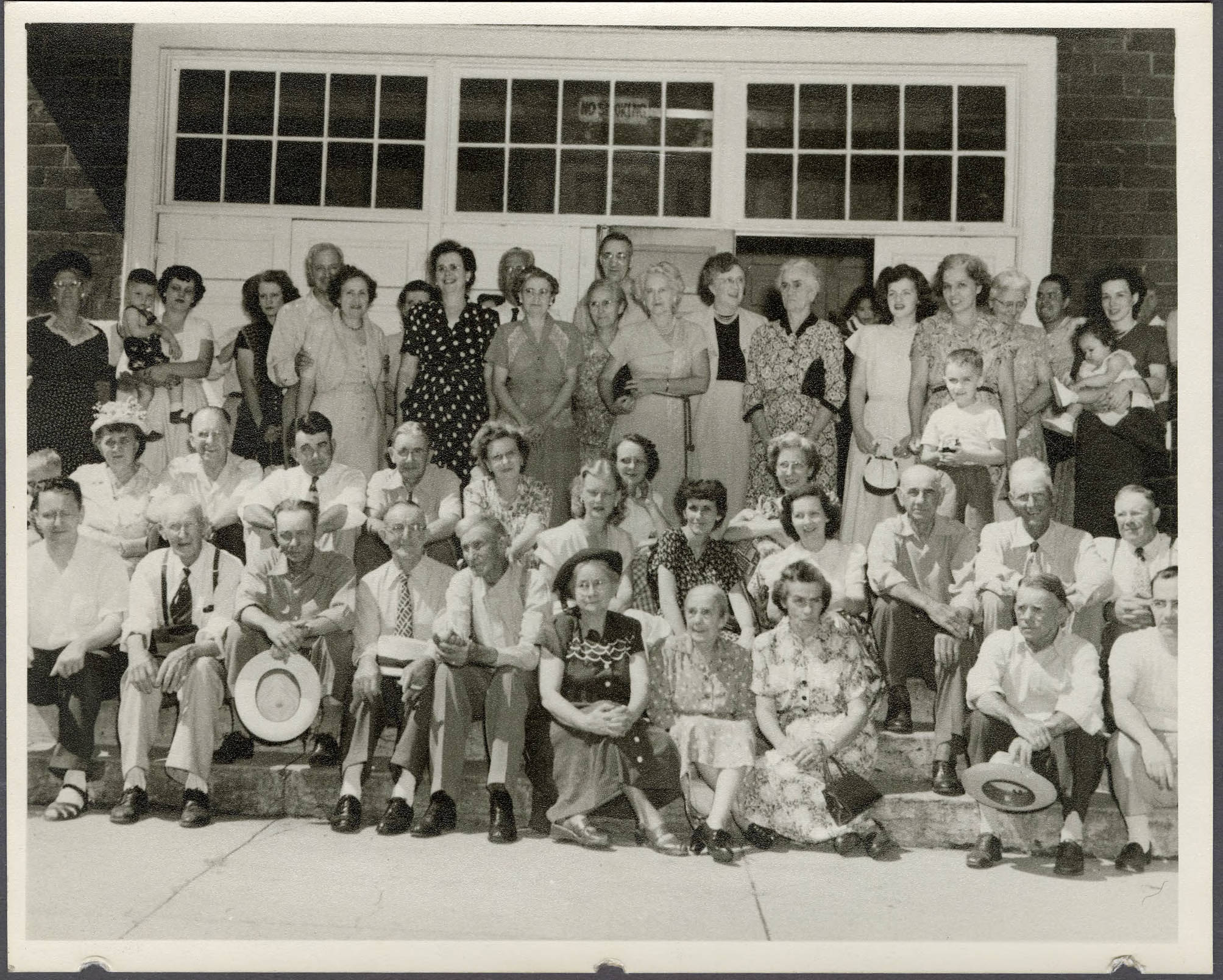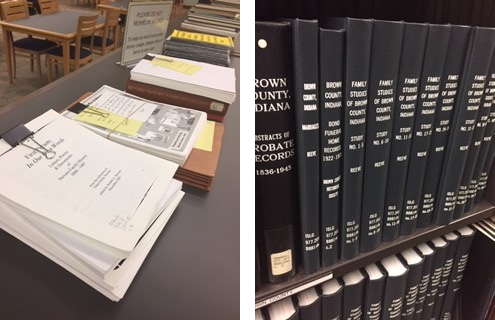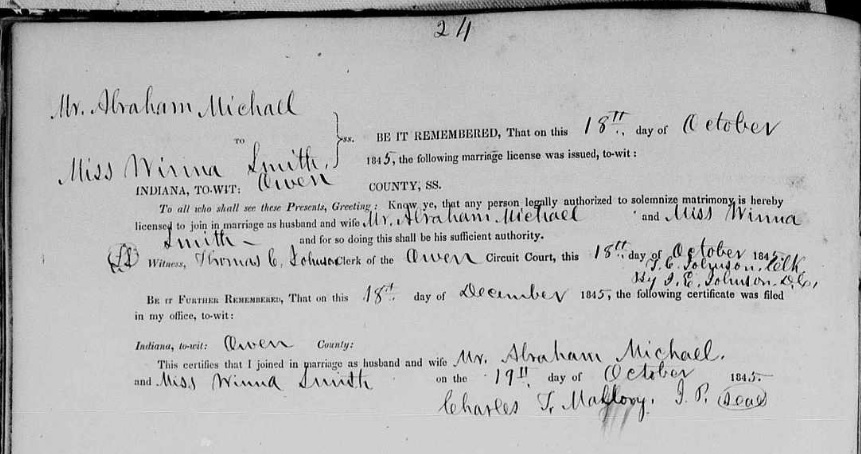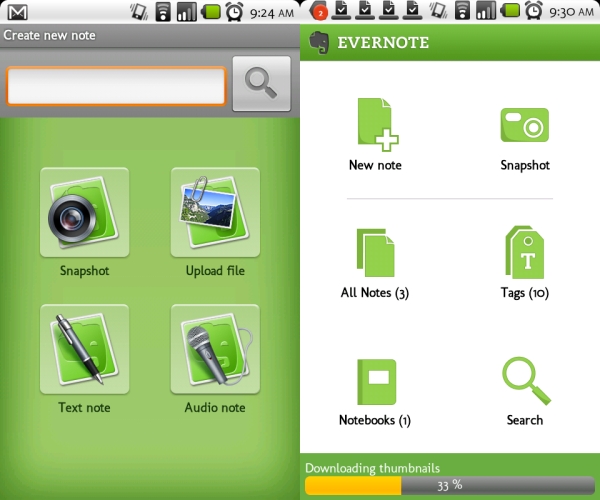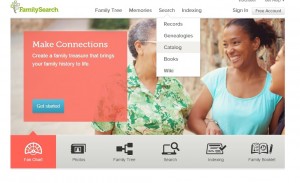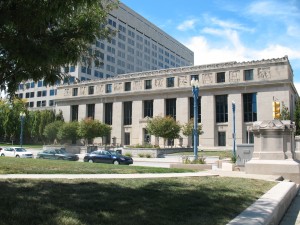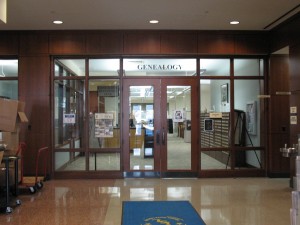October was designated Family History Month by the Senate in September of 2001. Senate Resolution 160, sponsored by Orrin Hatch, and cosponsored by 84 other members was passed unanimously on Sept. 26, 2001. Hatch noted, “Genealogy is currently the second largest hobby in the country and is very unique in that it crosses over all religions, ethnic backgrounds and age groups. Essentially, we are all immigrants to this country. Our ancestors came from different parts of the globe and by searching for our roots, we come closer together as a human family.”
Here are some of the resources we provide at the Indiana State Library to assist you during Family History Month.
Databases
The library subscribes to several databases, including Ancestry Library Edition, Fold3, American Ancestors and Fire Insurance Maps Online. We are also a Family Search affiliate library, which allows patrons to access civil, church records and digitized books in the Family Search catalog. Additionally, we provide several databases outside of the library, including Indiana Legacy and the Indiana State Library Digital Collections.
Newspapers
We have the largest collection of Indiana newspapers on microfilm in the state available in our Indiana Division, along with access to Newspapers.com, Newspaper Archive and the Indianapolis Star. Indiana newspapers on Newspapers.com are available to Indiana residents through INSPIRE, and our Hoosier State Chronicles database is available to everyone.
Explore our print materials
The Genealogy Division has over 50,000 titles in our collection. In addition to our family histories and various state, county and city records, you can learn how to identify photographs, cite genealogy research, organize and conserve your family papers and genealogy materials and learn to read document a variety of languages. Also, check our online catalog, both the Indiana Division and our General Collection have materials that could be useful to someone researching their family.
Manuscript collections
While you are taking a look at our print materials, you may also want to look through our manuscript catalog. There are over 5,000 collections from both the Rare Books and Manuscripts Division as well as the Genealogy Division. You might find letters, diaries, photos or completed research on your family.
Try to knock down a brick wall
If you have a brick wall or are just unsure of how to continue researching part of your family, we might be able to help. The Genealogy Division offers 30-minute one on one sessions to go over a particular query or topic. The library also offers an Ask-a-Librarian service where you can submit your questions and they will be answered by one of our librarians.
Hopefully, these resources will assist you on your genealogical journey.
Blog written by Sarah Pfundstein, genealogy librarian, Indiana State Library. For more information, contact the Indiana State Library at 317-232-3689 or “Ask-A-Librarian.”

